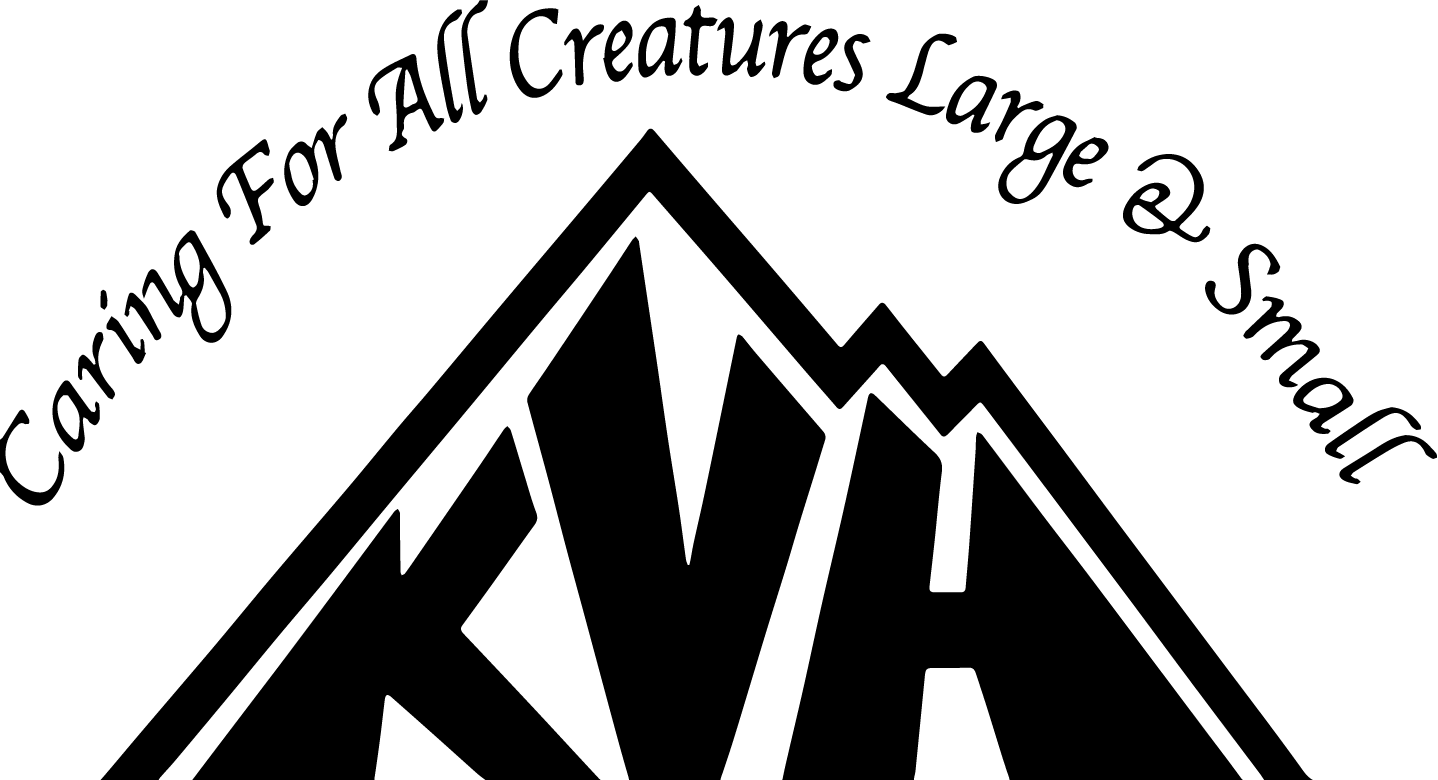By David Sauter, DVM
A concise definition for Biosecurity is found in the Merck Veterinary Manual as “all procedures implemented to reduce the risk and consequences of infection with a disease-causing agent.” Three factors need to intersect to form the perfect storm that allows disease to occur: a susceptible host that is exposed to the infectious agent in a suitable environment for the agent. Biosecurity is all about exerting control over these factors.
Biosecurity begins at home, well before you hit the road. Good animal husbandry (how we care for our animals) is a fundamental aspect of increasing your horse’s resistance and reducing susceptibility to disease. Good animal husbandry provides a healthy environment with proper preventative medicine – good fencing, safe and secure barns, good ventilation, balanced nutrition, established routines, proper manure management, and regular hoof care. Regular veterinary care is included here, such as parasite control, dental work and appropriate vaccination. The emphasis is on appropriate as the selection and timing of vaccination is important to establish effective protection against common pathogens. At larger farms, it is helpful to segregate differing groups of horses. For example, keeping show horses separate from the horses that stay on the farm. Another example is separating show horses from breeding stock. New arrivals should be separated from the rest for three weeks. If possible, make sure new arrivals are current on vaccinations and deworming at least two weeks prior to their arrival. New arrivals could be incubating disease without obvious symptoms. Not only should new arrivals be segregated but so should their discharges. The new arrivals should be the last horses to be handled and to have their pens cleaned. If they are shedding a pathogen, it can literally be carried on clothing, footwear, in wheelbarrows, on hoses or on implements. Ideally, use items designated for the new arrivals and dispose of their waste in a separate area. Take their temperatures twice a day and keep a written record during the three weeks of separation. Fever can be an earlier indicator of illness, before showing other symptoms of illness. Pay attention to personal hygiene, including frequent hand washing, cleaning footwear, etc.
When planning a trip or heading to a show, do not be a Typhoid Mary. Make sure your horses are healthy before they leave. Monitor temperatures at least once a day for three days prior to leaving to help detect subclinical illness that would not otherwise be noticed. You know your horse. If something is off, such as appetite, stool appearance or amount, energy levels, etc., this is a red flag. Beware that traveling could endanger your horse, not to mention causing the disease to spread to other horses. Pay attention to what is happening with other horses on your barn. If a cough, nasal discharge, fever or some other illness is spreading in the barn, your horse could be incubating the disease even if it has no symptoms when you hit the road. The threat is real; it might be better to stay home, for all concerned.
BYOB – Bring your own bedding and buckets. Bring your own feed tubs, implements, etc. Upon arrival, check out the stalls. Strip, clean and disinfect before bringing your horse in. While at the show, refrain from sharing any tack, grooming supplies, etc. Avoid allowing nose-to-nose contact with other horses. Do not dip hoses into your water buckets; there could be pathogens on the outside of the hose. Better yet, bring your own hose. Like the scenario with new arrivals, keep other horses and their discharges separate from yours. Finally, if you see something concerning, such as a coughing horse with a nasal discharge, report it to the show officials.
Biocontainment is an extension of Biosecurity. It refers to containment of a disease once it has occurred. We will cover this subject in a separate blog. Until then, enjoy your travels but do not forget Biosecurity!

